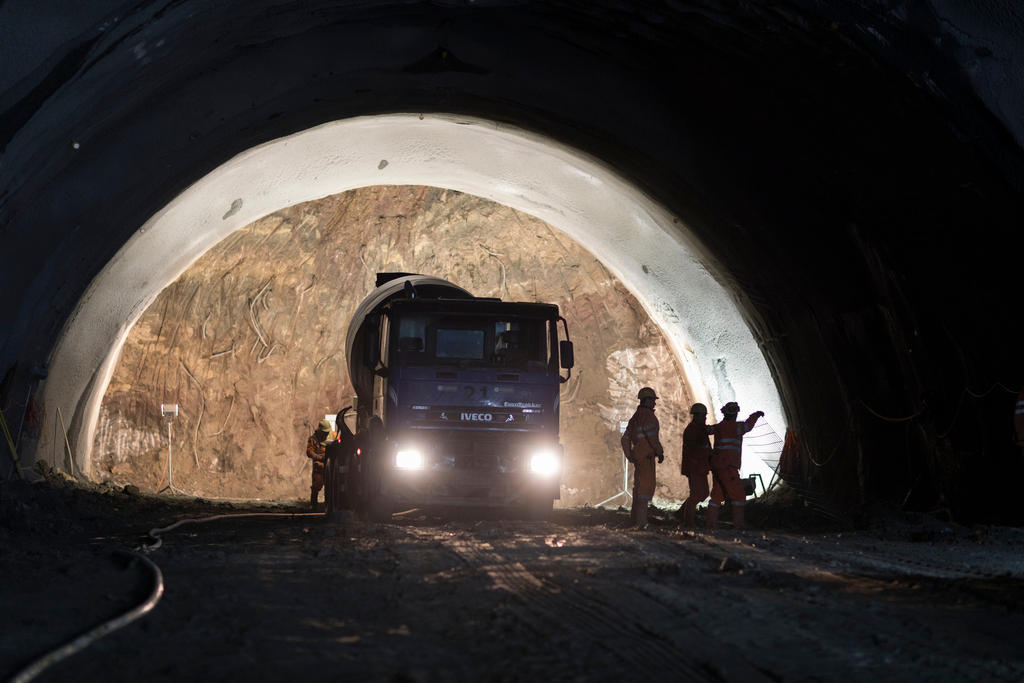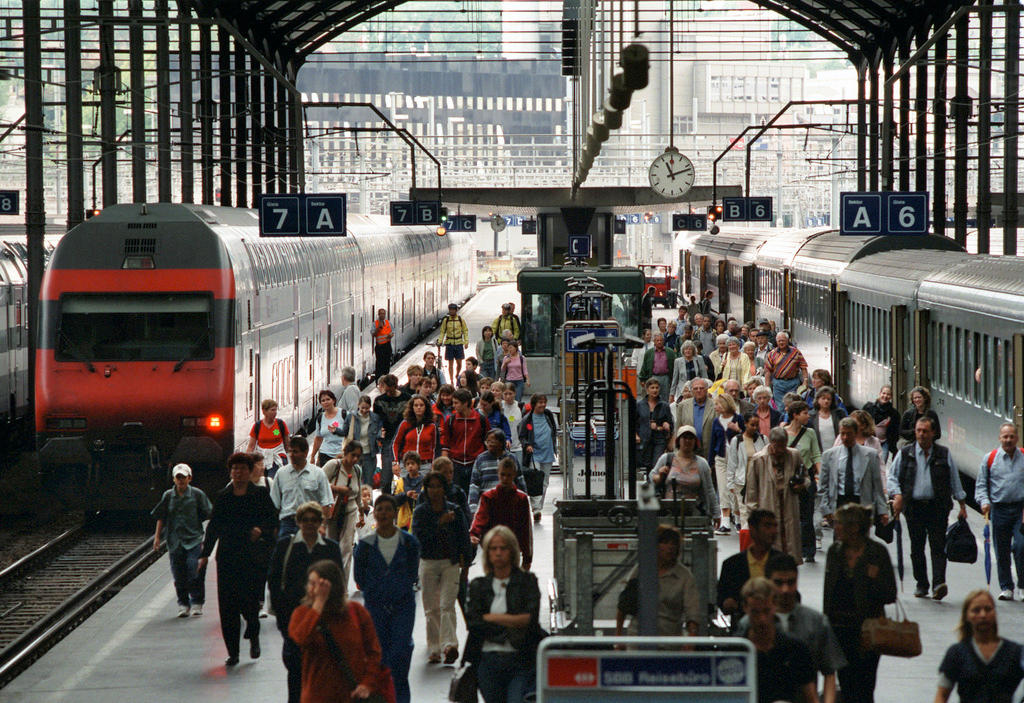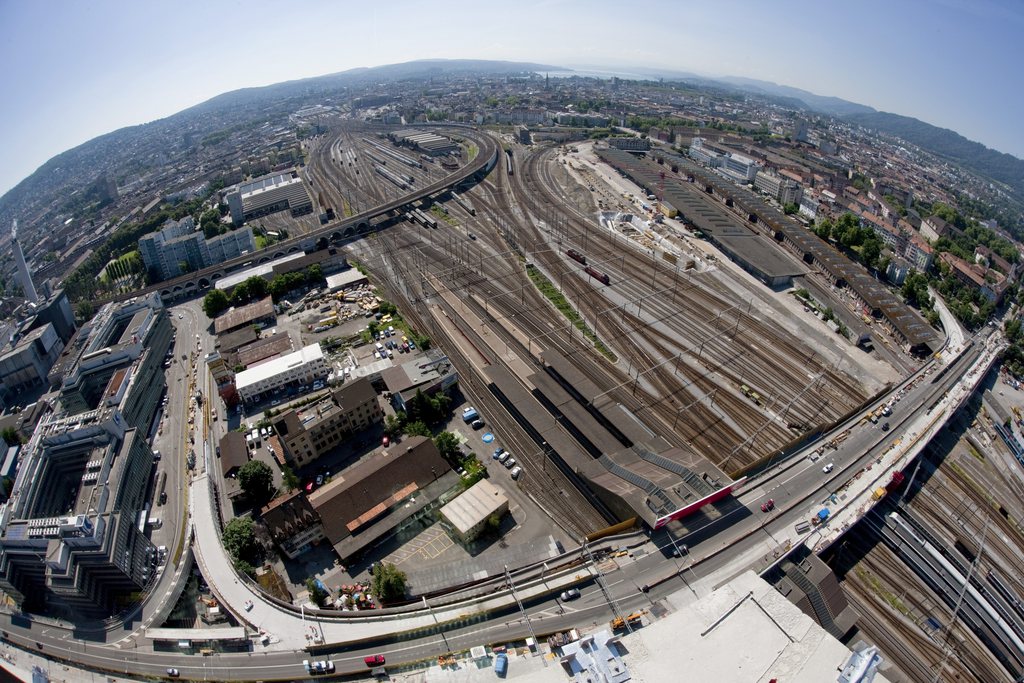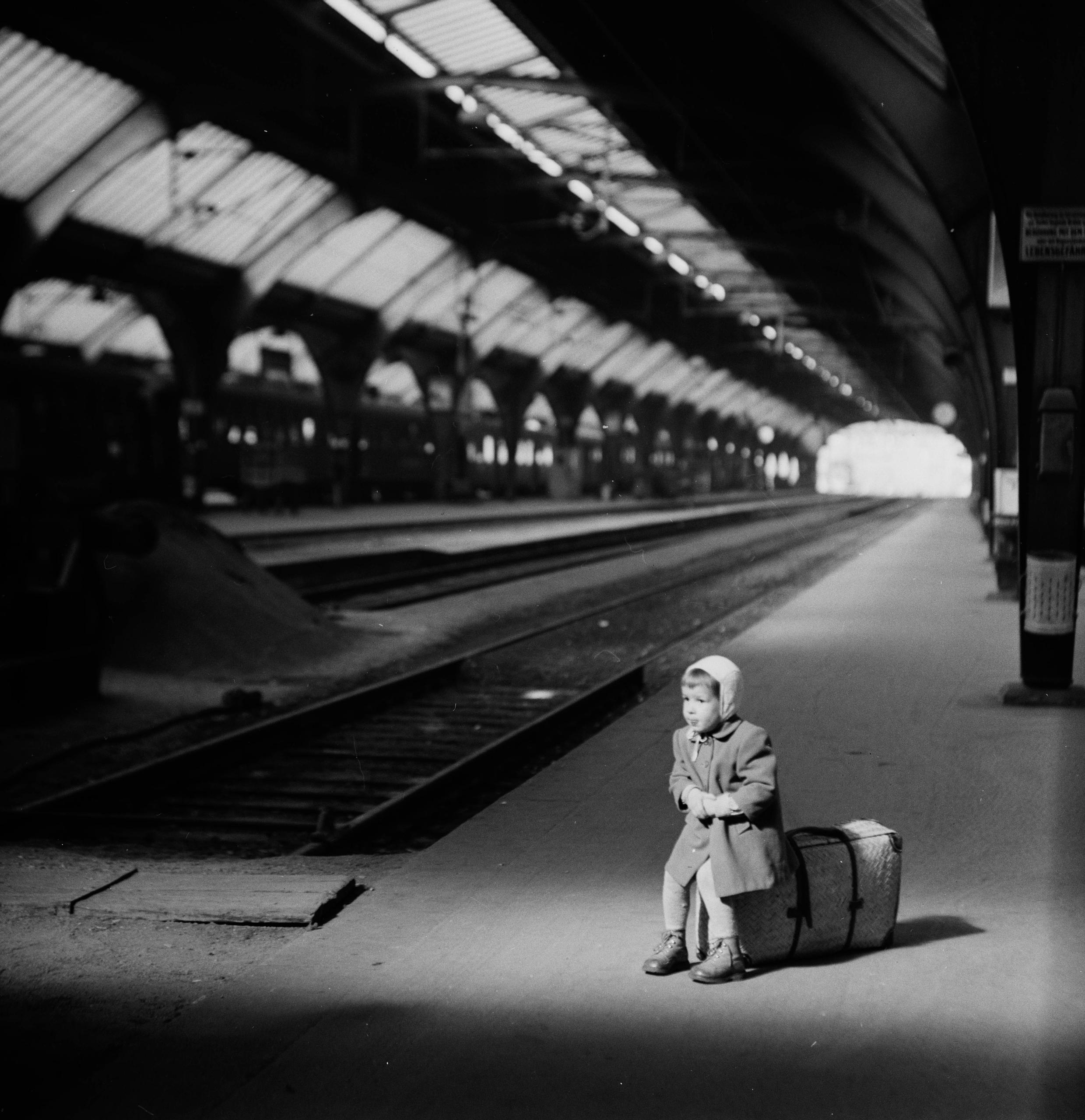Swiss railways – you get what you pay for

The Swiss are not only the European champions in travelling by train, but they also invest the most in their country’s rail network. Last year, €378 (CHF416) per inhabitant was spent on rail infrastructure, almost twice as much as runner-up Austria (€198).
The slowcoaches in the study, carried out by consultants SCI Verkehr for the German Pro-Rail Alliance, were France and Spain, which spent €37 and €36 per person respectively.
While the lobby group criticised Germany’s “road-burdening agenda”, it praised efforts in Switzerland and Austria to move traffic from road to rail. Both transit countries have for years been spending more money on their rail networks than on their road infrastructure, the authors said.
In 2016, Switzerland invested 60% of state infrastructure funds in rail and 40% in road, said the study. The equivalent figures in Austria were 66% and 34% and in Germany 47% and 53%.
Last year, the average Swiss jumped on a train 59 times and travelled 2,277 kilometres. Only Japanese travellers rode the train more, with an average of 72 trips per person.

In compliance with the JTI standards
More: SWI swissinfo.ch certified by the Journalism Trust Initiative




You can find an overview of ongoing debates with our journalists here. Please join us!
If you want to start a conversation about a topic raised in this article or want to report factual errors, email us at english@swissinfo.ch.